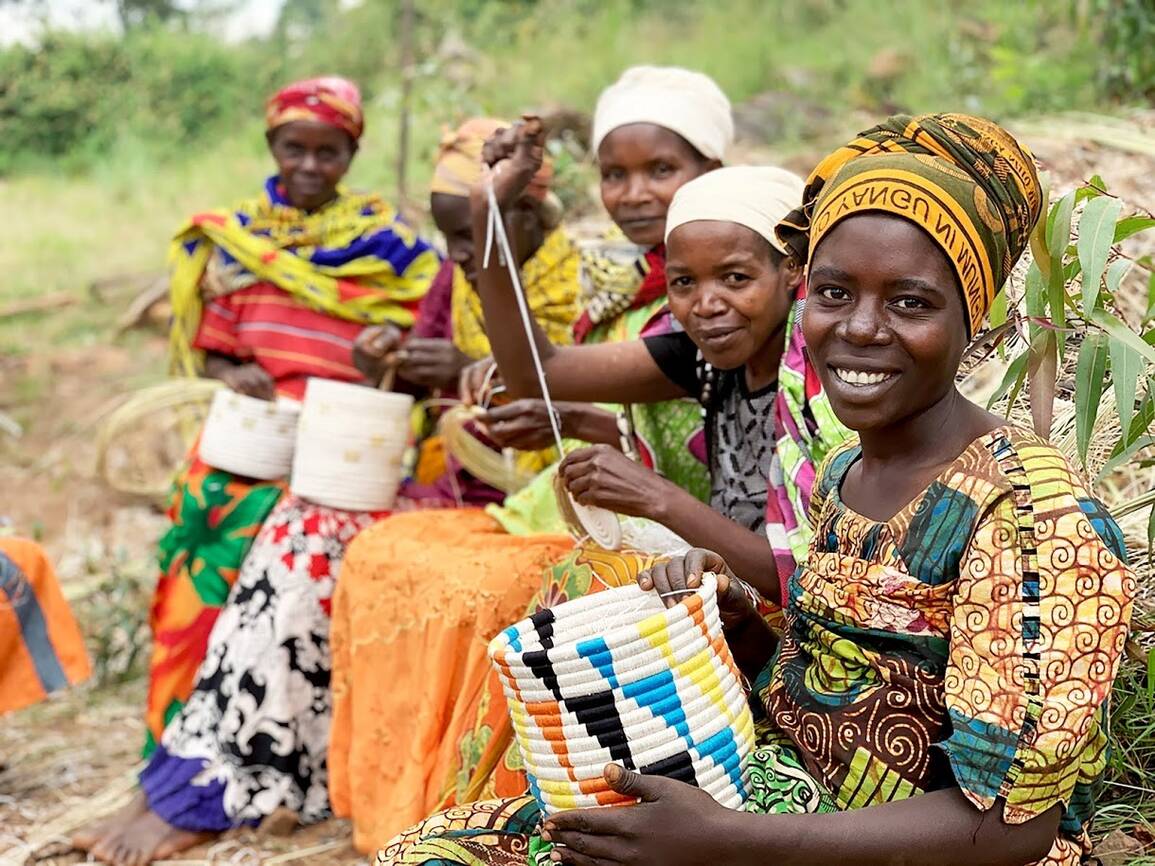The boundaries and names shown and the designations used on this map do not
imply official endorsement or acceptance by the United Nations
 | 4 | Regional views | 105 | Countries covered |
 All regions
All regions

Regional Bureau for Southern Africa
The Regional Bureau emphasises ensuring a favourable protection environment; providing community-based protection and multi-sectoral assistance; pursuing durable solutions for people of concern; promoting social cohesion and peaceful co-existence; enhancing emergency preparedness and response capacity. “We are never as effective as when the 'whole-of-society' is working together to bring compassion, resources and expertise in response to humanitarian situations. In the spirit of the Global Compact on Refugees and UNHCR’s IDP Policy, governments, NGOs, civil society, private sector and people of concern are UNHCR’s most important partners in responding to the displacement of more than [9.5 million] people of concern in the Southern Africa region.” Regional Director : Valentin Tapsoba
Regional Bureau for the East and Horn of Africa, and the Great Lakes Region
In September 2019, with the aim of bringing decision making closer to the point of delivery, UNHCR opened its Regional Bureau for the East, Horn of Africa and Great Lakes Region (EHAGL). It is located in Nairobi, Kenya and covers 11 operations: Burundi, Djibouti, Eritrea, Ethiopia, Kenya, Rwanda, Somalia, South Sudan, Sudan, Tanzania and Uganda. Within the EHAGL region, two situations are managed by the Bureau: the South Sudan Regional Refugee Situation and the Burundi Regional Refugee Situation. The Bureau has accountability for strategic decision-making, regional prioritization, oversight of integrity issues, and quality assurance, and possesses the technical capacity to support country operations in a wide range of sectors such as education, child protection, economic inclusion and durable solutions.
Regional Bureau for West and Central Africa
With ongoing crises in the Central African Republic (CAR), Mali and Nigeria, as well as increased insecurity in Burkina Faso, more than 7 million people are internally displaced across the region. In this challenging context, UNHCR will assume its tri-cluster leadership role, provide direct assistance to IDPs, ensure that protection is placed at the centre of the multi-stakeholder humanitarian response and that solutions are pursued in coordination with all partners, including key development actors. “The West and Central Africa region faces multiple humanitarian and development challenges. This has not stopped its governments and people from showing solidarity with nearly 5 million refugees and internally displaced people. To be sustainable, this solidarity needs to be supported by adequate funding.” Regional Bureau Director: Millicent Mutuli.